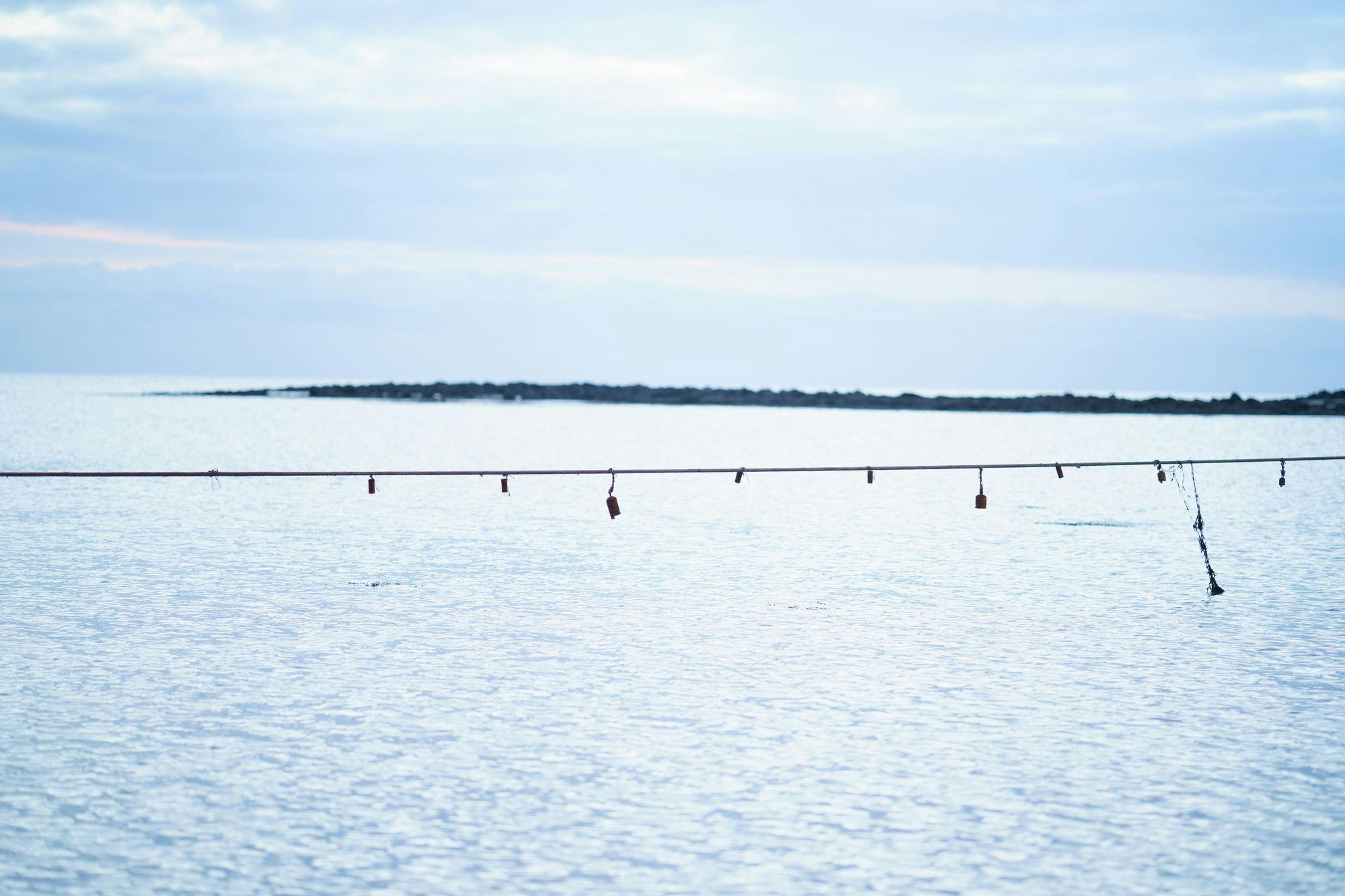Icelandic Pavilion 2013
Katrín Sigurðardóttir: Foundation
Curator: Mary Ceruti and Ilaria Bonacossa

Katrín Sigurðardóttir’s Foundation, was a large-scale installation comprising a raised ornamental surface.
Foundation was conceived as a trilogy of installations: in an ancient laundry in Venice, in an old customs depository in Reykjavík and in a trolley shop from earlier times in New York. With its historical reference, Foundation draws attention to the inherent history of its host buildings, and they come to embody the toil of the serving trades. The visitor walks upon the floor of the nobleman, while the ceiling above his head is that of the servant or laborer. At each exhibition venue the pre existing walls continue to shape the work, draw a new pattern. Thus, the real story – of intersecting three different buildings in three countries – will intentionally contrast with the fairy tale of the baroque-inspired floor.
“A floor is a place. A floor represents a fixed location, stationary, and by conventional logic it is safe to say that floors don’t move; but as decorative surfaces, as historical artifacts, and as archaeological discoveries, they are commonly preserved, and transplanted, to museums, or to other locations where the aura, the ghost, the shadow, the atmosphere of their original locale is suggested. It becomes a narrative in a new time and place; a remembrance of lives, customs, cultures, events is imbued in the material, rubs off the surface. They become gigantic souvenirs of a different place, time, experience.” –Katrín Sigurðardóttir, First Proposal, Venice, May 2012.

The tiled surface, handmade by Sigurðardóttir and her colleagues in her studio, called into question the boundaries between art and craft. The floor is not made by traditional methods, however, as Sigurðardóttir chose to use art materials rather than industrial materials to cast the tiles.
In her work, Katrín Sigurðardóttir examines distance and memory and their embodiments in architecture, urbanism, cartography and traditional landscape representations. In her work she often plays with scale distortions. When she refers to distant places from the past, she relies on modeling and demonstrates how things become smaller from a distance and fade in memory. She tampers with the traditional attitude we have towards our environment and reminds us of the part we play in its development. Sigurðardóttir emphasizes the close relationship between our sense for place and creativity, because when we experience a new environment we transform it into a place in our mind and remember it so. This play on the border of mental and material space is repeated in diverse and fascinating ways in her work. Katrín Sigurðardóttir was born in Iceland in 1967 and has a studio in New York, she divides her time between the two places.
Two curators, Mary Ceruti, and Ilaria Bonacossa, were engaged in realizing Sigurðardóttir’s exhibition. Based in Italy, Bonacossa has a diverse career in the field of curating, producing works and writing about art. She was appointed as principal curator at Fondazione Sandretto Re Rebaudengo in Torino 2003-08 and co-founded Art at Work in 2009. The collective commissions and develops contemporary art projects, through an innovative working platform that operates in both public and private institutions, as well as profit and not for profit organizations. She has written about art for international institutions, publishing and magazines. Based in the U.S. Ceruti is Executive Director and Chief Curator at SculptureCenter. Located in Long Island City, New York, Sculpture Center is dedicated to experimental and innovative developments in contemporary sculpture. Ceruti oversees all aspects of program, planning, and organizational development and has organized numerous solo and group exhibitions, special projects and commissions by emerging and established artists.


-icelandic-pavilion-2000x2667.jpg&w=2048&q=80)

